Reporter: Could you tell us what the Lao Cai Forestry Department has done in recent times to contribute to creating livelihoods, helping people to engage in forest protection, development and sustainable poverty reduction?
Mr. Nguyen Viet Ha : The Forest Rangers always determine that in order to preserve and protect the forest, people must have income from the forest, and the forest must become a sustainable livelihood for people living near the forest and depending on the forest.
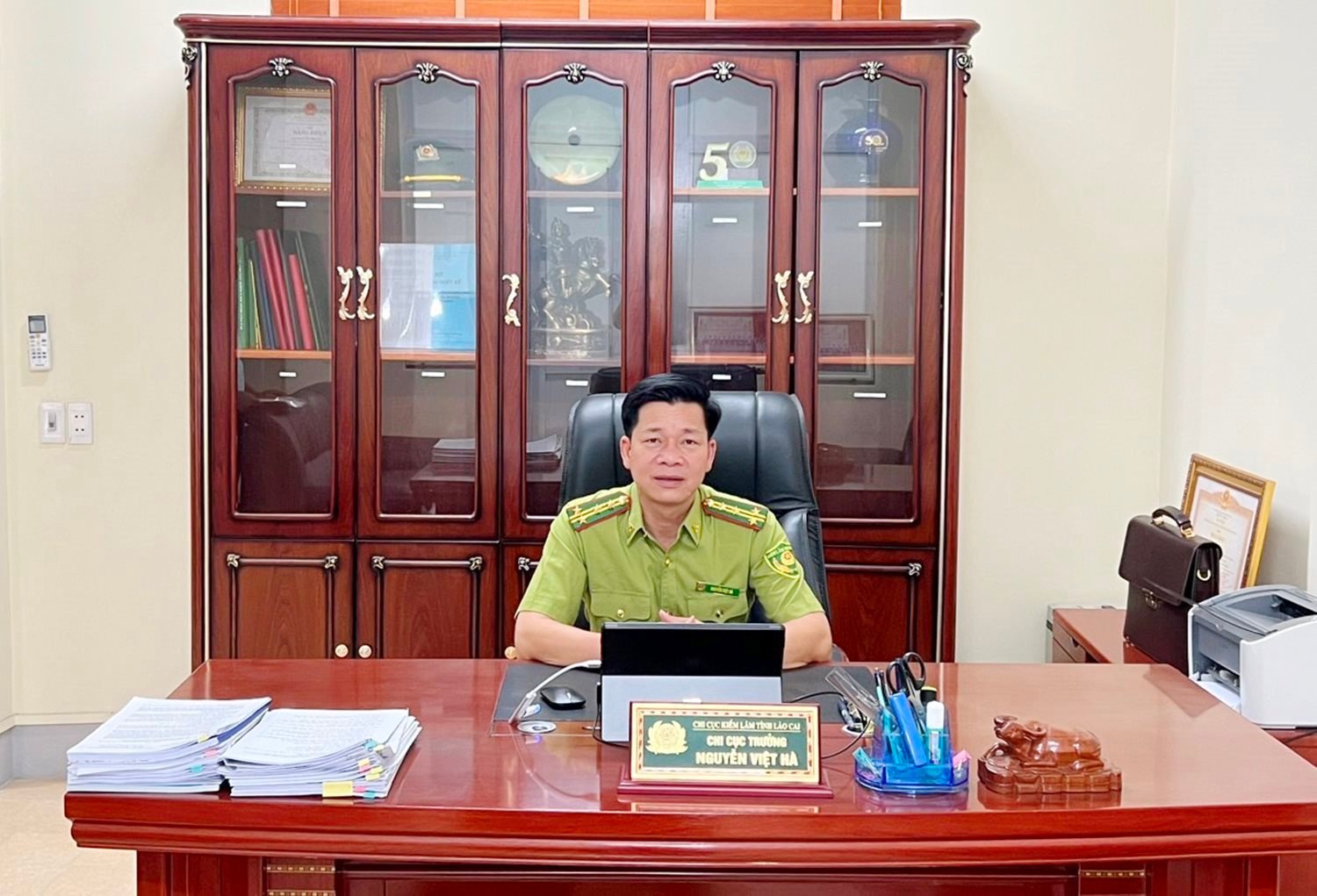
From those orientations, Lao Cai Forest Rangers have linked economic development for people from the forest to advise Lao Cai province. From there, they have built socio-economic development projects associated with industry development such as: Project "Developing agricultural and forestry production, arranging population, building new rural areas". And most recently, the Resolution on developing agricultural commodities in Lao Cai province for the period 2021-2023 with a vision to 2050, in which, in the forestry sector, in addition to taking cinnamon as the main product for development, developing forestry economy and forest hill economy is a key area.
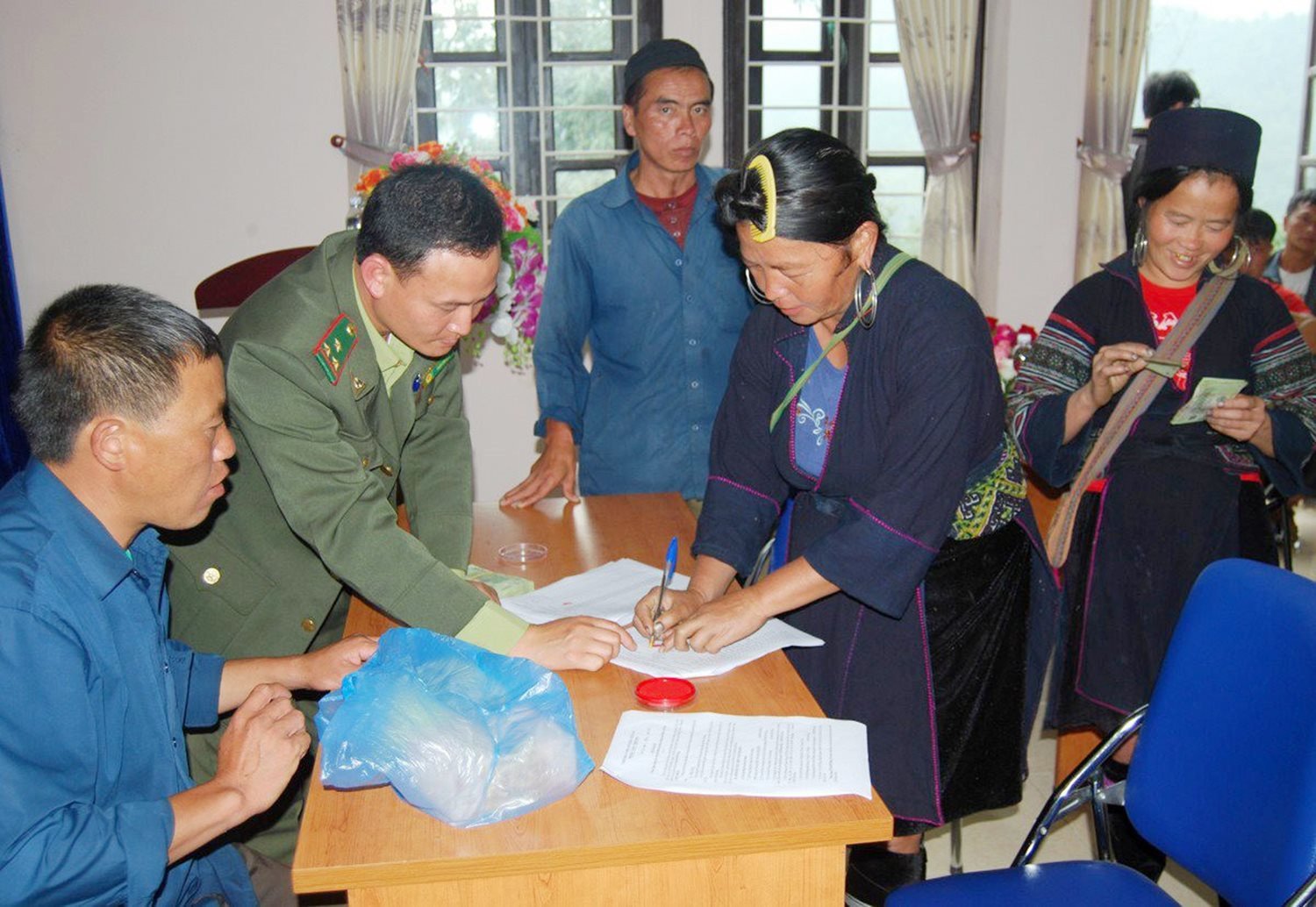
The Forestry Department has also reported and advised the Department of Agriculture and Rural Development and the People's Committee of Lao Cai province to issue plans to implement specific activities to transform policies into practical actions, from which many good production and business models from forestry have emerged. The province's forestry economy has developed rapidly and strongly, with the value of forestry production at current prices increasing by an average of over 10% per year. Thanks to that, many villages and households have had income from forestry, and forests have become a sustainable source of livelihood for foresters in many localities. People have become attached to forests, and in return, forests have also created a source of income and a sustainable livelihood for people.
PV: Could you please elaborate on the work of forest protection and development associated with sustainable poverty reduction in the locality?
Mr. Nguyen Viet Ha: Up to now, the forested land area in Lao Cai province is 382,861.1 ha; of which 266,753.4 ha is natural forest and 116,107.7 ha is planted forest. The forest coverage rate of Lao Cai province is 57.7%. Thus, it can be seen that Lao Cai's forests are of interest and protection to the authorities as well as the people. To achieve this, creating livelihoods for people living near the forest and relying on the forest for their living is extremely important.
In recent times, people living near forests in Lao Cai have had income sources based on forests such as: Contracting for natural forest protection according to forest environmental service payments. For example, in Bat Xat district, there are currently more than 11,187 hectares of forest paid for forest environmental services with a total amount of more than 6 billion VND per year, the average payment price per hectare of forest is high, higher than the support level from the State budget for forest protection (average 390,000 VND/ha). Thanks to the good implementation of the forest environmental service payment policy, the average actual income of households and individuals contracted to protect forests has improved, income from forest environmental services has reached 2 million VND to 4 million VND/household/year. The source of forest environmental services has contributed to improving the lives of forest workers, reducing the rate of poor households and improving the living standards of households.
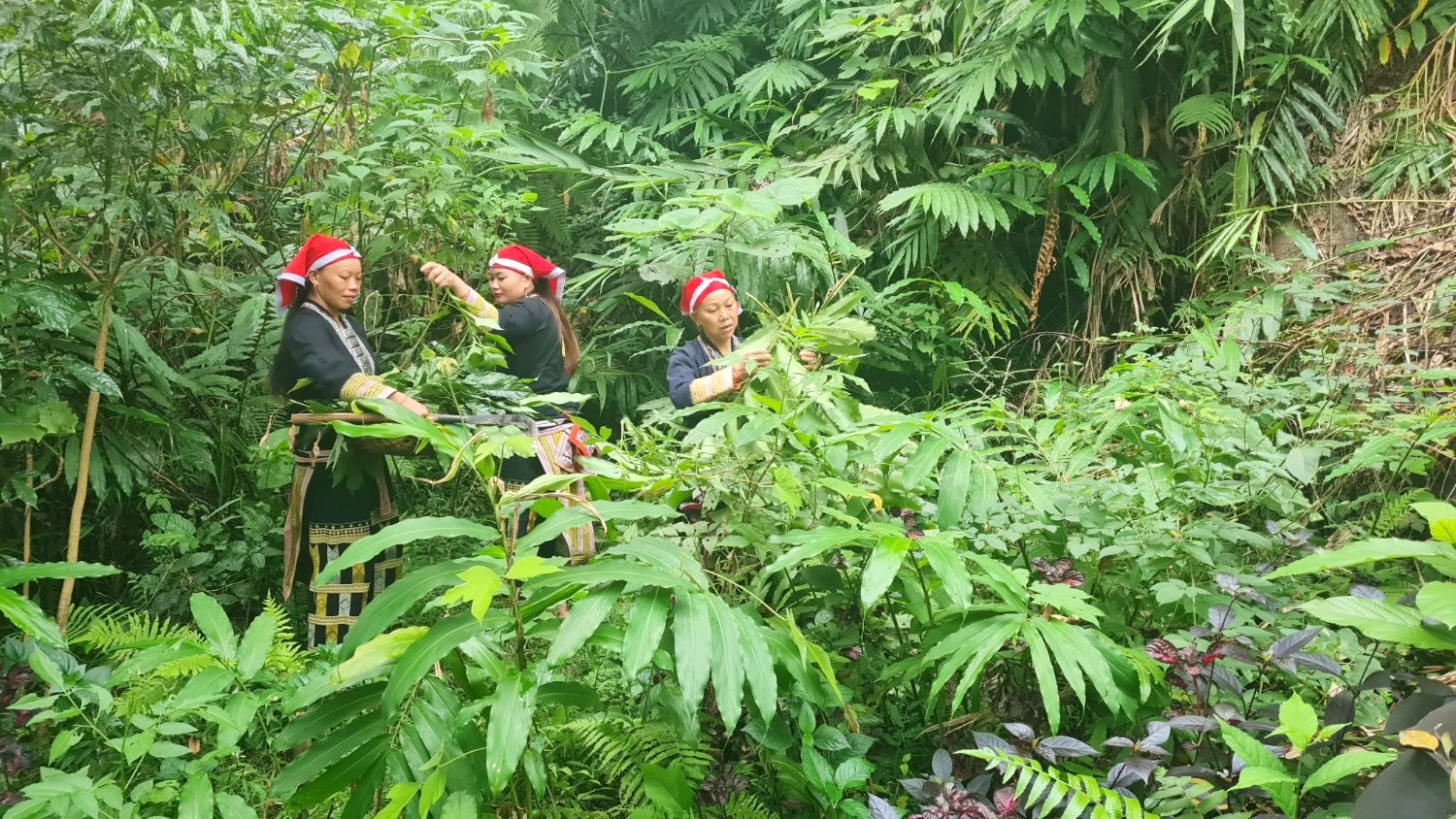
In addition to forest protection contracts, models associated with forests such as production forest planting or livestock models associated with forest development have created income, helping people stabilize their lives and escape poverty.
According to the report, in 2022, Lao Cai province reduced nearly 10,000 poor households, the poverty reduction rate reached 5.83%, exceeding the set target by nearly 30%. Up to now, the whole province of Lao Cai has 18.37% of poor households, equivalent to over 34,000 households. In the period of 2021-2025, Lao Cai province aims to reduce the number of poor households by 3-5% on average each year. In particular, the poverty rate in poor districts and poor communes will decrease by 6%/year or more.
PV: So, in your opinion, to complete the poverty reduction targets while still ensuring the protection of primary forests and new forest planting, what difficulties and challenges does the locality currently have to face?
Mr. Nguyen Viet Ha: Although there have been positive achievements in improving people's livelihoods from forest resources, in reality there are still difficulties and challenges in forest protection associated with poverty reduction such as: Conflicts between conservation and maintenance of natural forest areas and economic development. We all know the role and value of natural forests for the ecological environment is very large. However, in reality, the remaining natural forest area is mainly poor secondary forests, low value, if maintained, the economic efficiency is low.
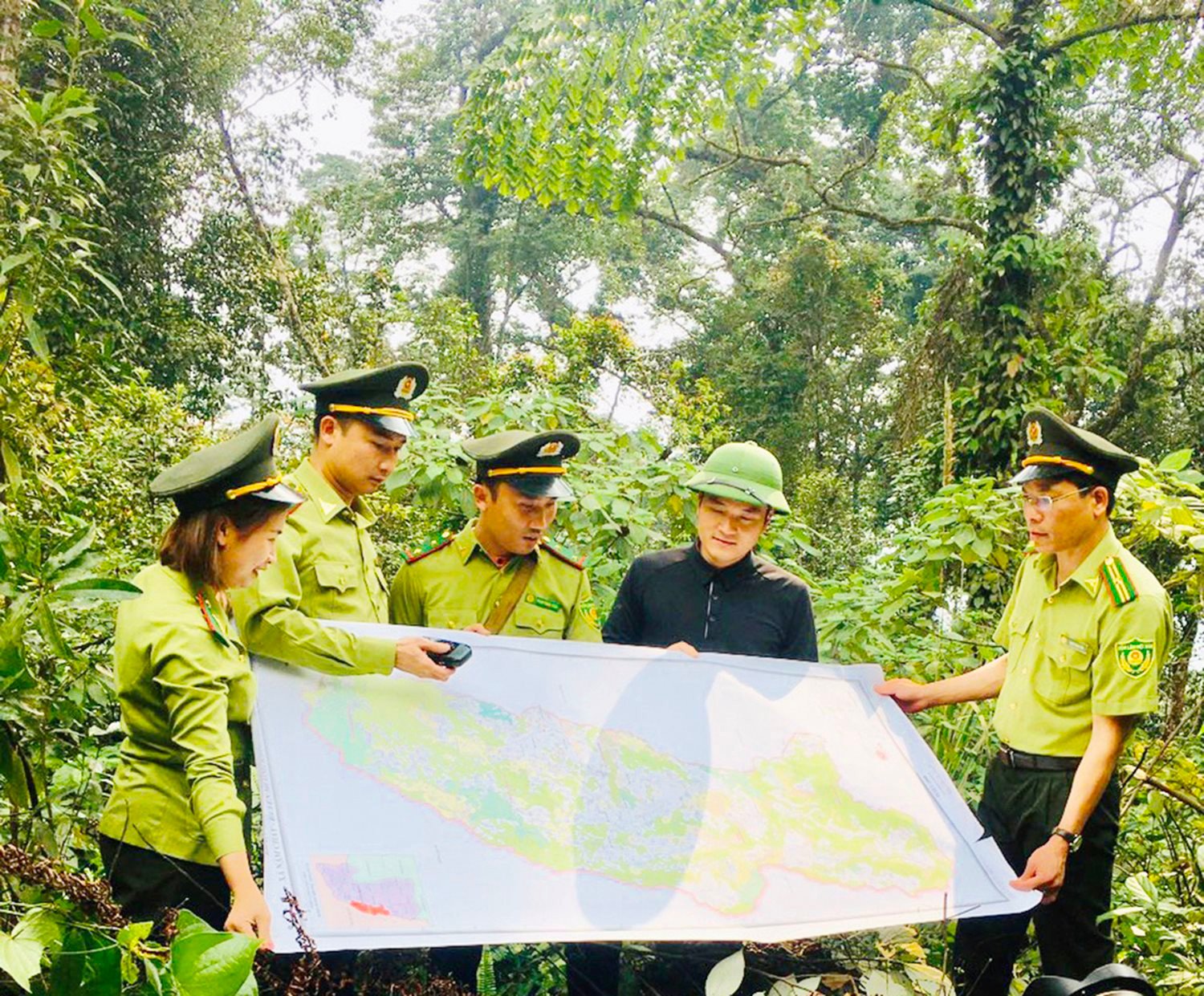
While in order to develop the socio-economy, the forestry economy needs to transform depleted natural forests into planted production forests with higher economic value, so there is a conflict between protecting natural forests and developing the economy. This is a great pressure on the work of protecting natural forests in harmony with economic development, creating livelihoods for people.
Uneven awareness among people, especially people in highland and ethnic minority areas, leads to low efficiency in forest protection and development in this area. The State's support policy for forest protection is still low, not commensurate with the efforts of the people (calculated according to technical and economic standards, to protect 01 ha of forest, the average cost is about 1.2 million VND, but currently the State's support level is only 300-400 thousand VND/ha/year). At the same time, in highland communes, there are currently no high-value forestry plants suitable for people to develop the economy from planting production forests, helping to reduce pressure on forests.
PV: In the coming time, what plans does the Forestry sector have to make forest protection work associated with poverty reduction practical and sustainable, sir?
Mr. Nguyen Viet Ha: In order for the work of forest protection and development associated with poverty reduction to become practical and sustainable, in the coming time, the Forestry sector needs to focus on implementing the following tasks:
Clearly defining the work of forest protection and development associated with poverty reduction and creating sustainable livelihoods for people is the responsibility of the Forestry sector. It is necessary to focus on leading and directing the implementation of the goals, viewpoints, tasks and solutions on forest management, protection and development associated with poverty reduction as defined in the Party's resolutions and relevant policies and laws of the State.
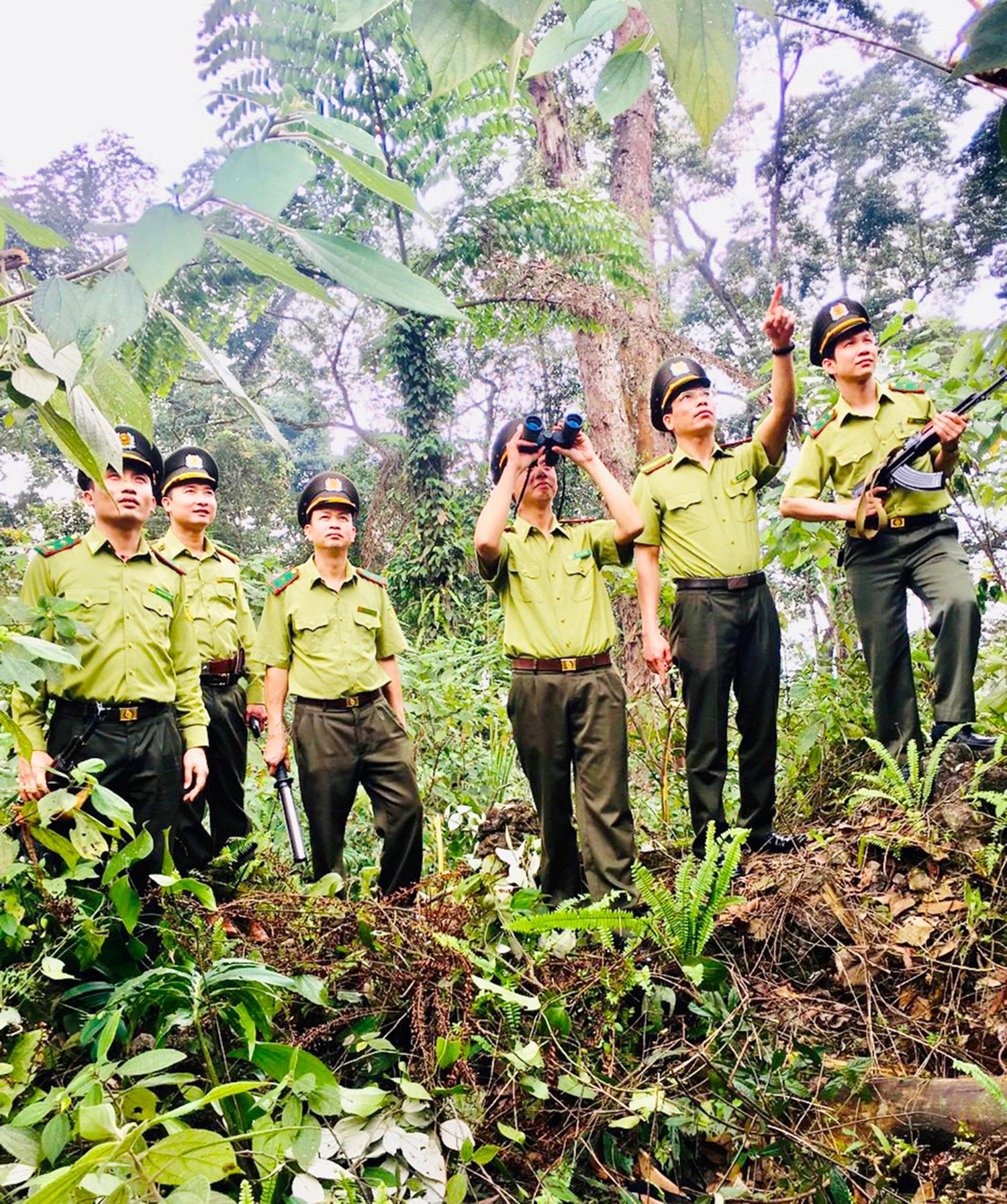
Build a strong enough forest ranger force to effectively implement forest management, protection and development. It is necessary to review, supplement and perfect the legal system, mechanisms and policies on forest management, protection and development, overcome overlaps, ensure consistency, efficiency and feasibility;
Direct departments and affiliated units to strengthen propaganda and mobilization work for organizations, households and individuals to actively participate in forest protection and development. Encourage economic sectors to participate in investing in forestry production development. Develop sustainable forest economy through the development of forests with high economic value and forest products and medicinal plants under the forest canopy. Mobilize and mobilize people to participate in forest planting and forestry production.
Linking the goal of forest protection and development with supporting production development, improving living conditions, increasing income, ensuring livelihood, employment, and social security for local people, especially ethnic minorities, mountainous areas, and border areas. Encouraging and facilitating people and economic sectors to participate in forest management, protection, and development.
Select appropriate livelihood development activities, integrate capital sources from relevant programs and projects. Encourage organizations and individuals to socialize forestry, using available local resources in terms of resources, human resources, and indigenous experience.
PV: Thank you!
Source



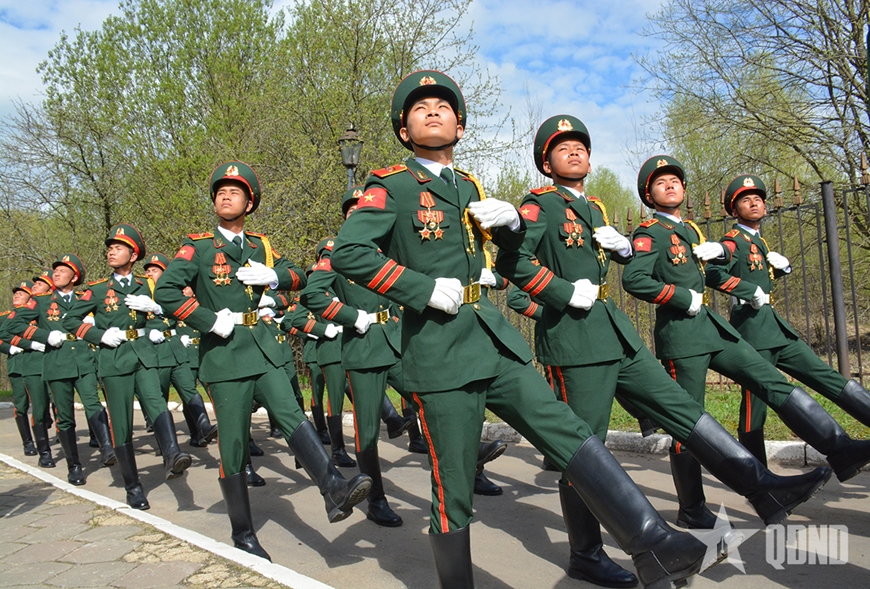



![[Photo] Ho Chi Minh City welcomes a sudden increase in tourists](https://vstatic.vietnam.vn/vietnam/resource/IMAGE/2025/4/25/dd8c289579e64fccb12c1a50b1f59971)
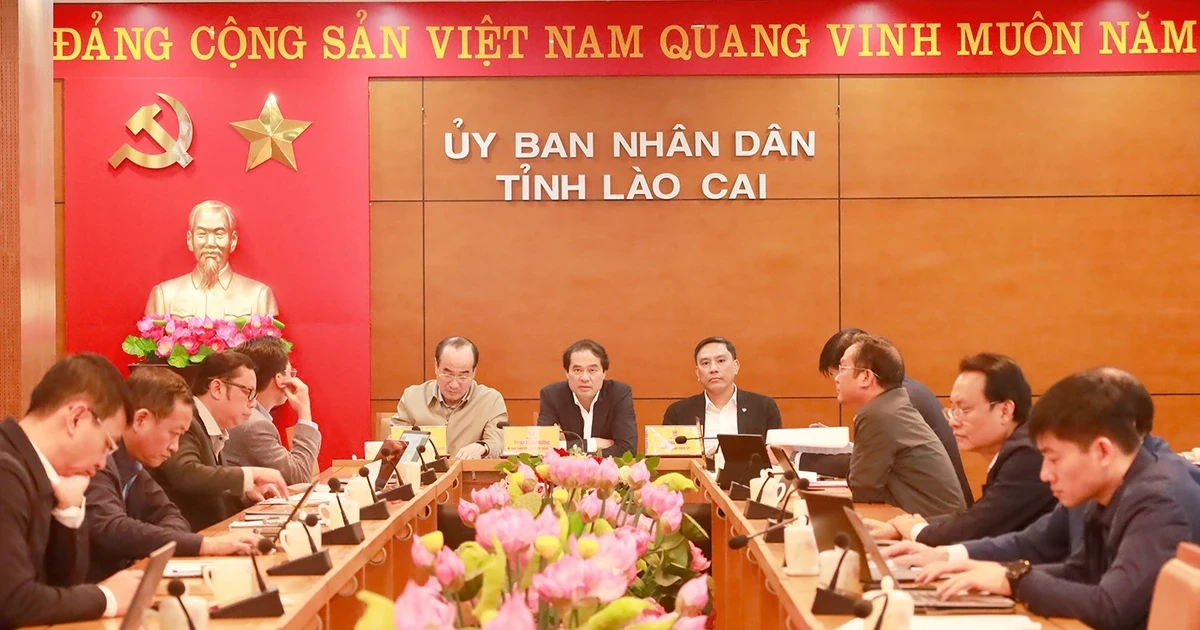




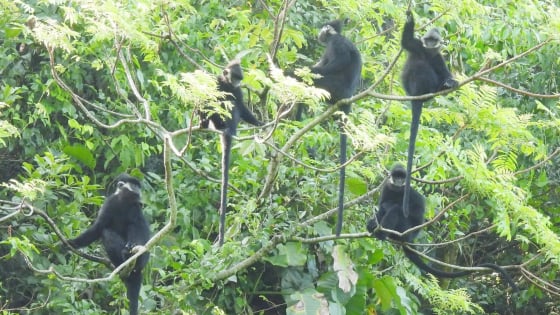

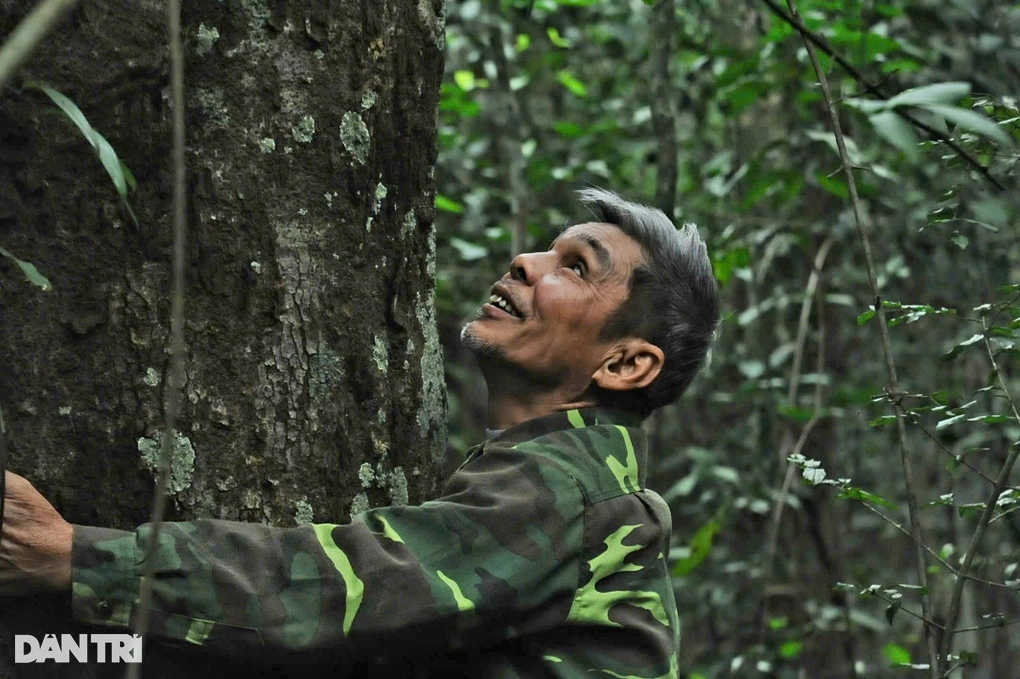






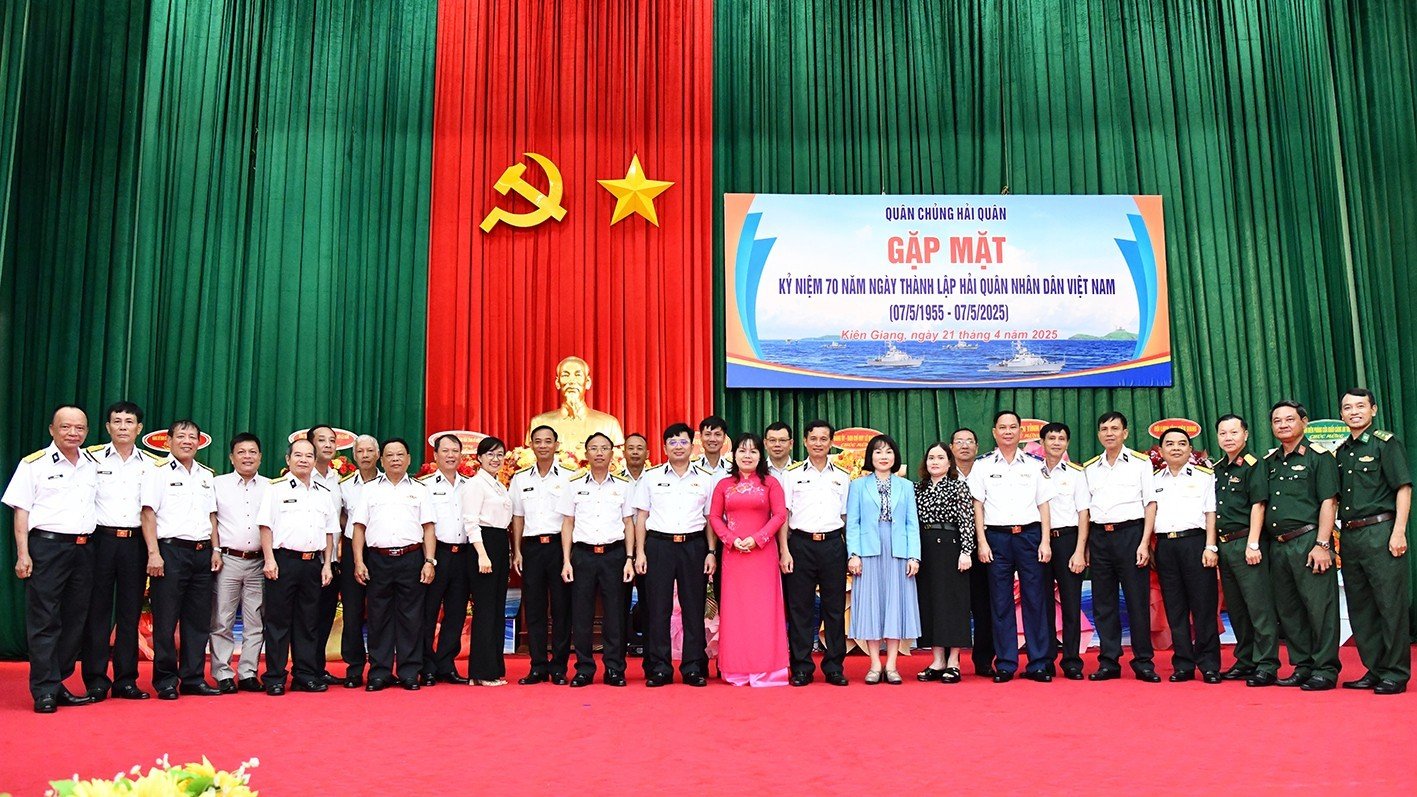


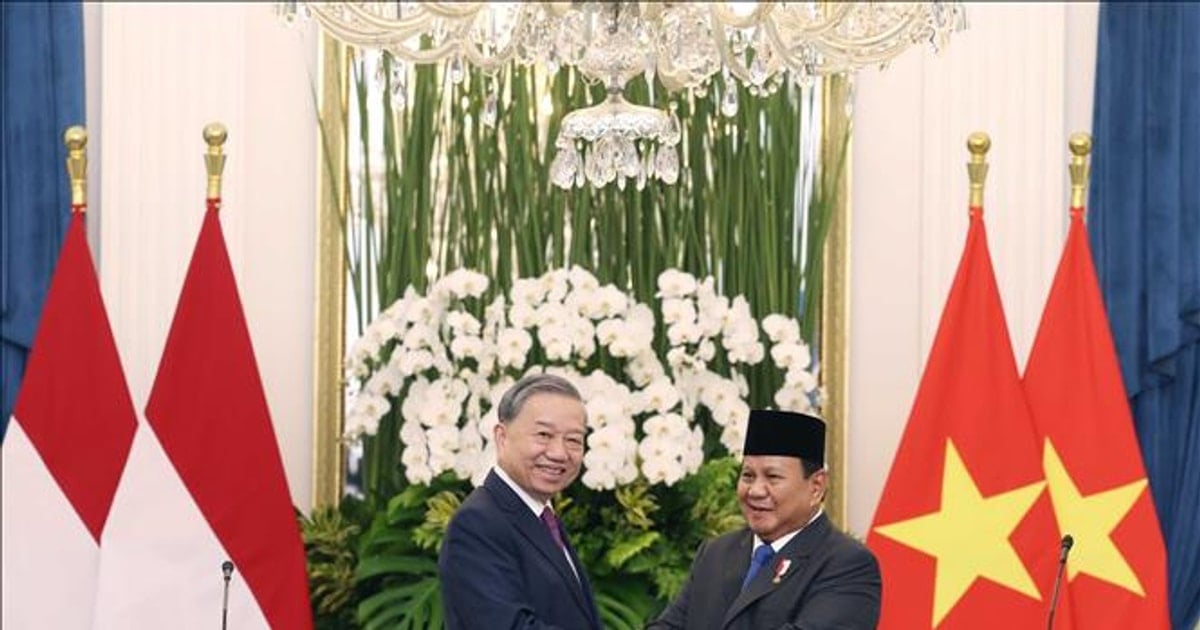


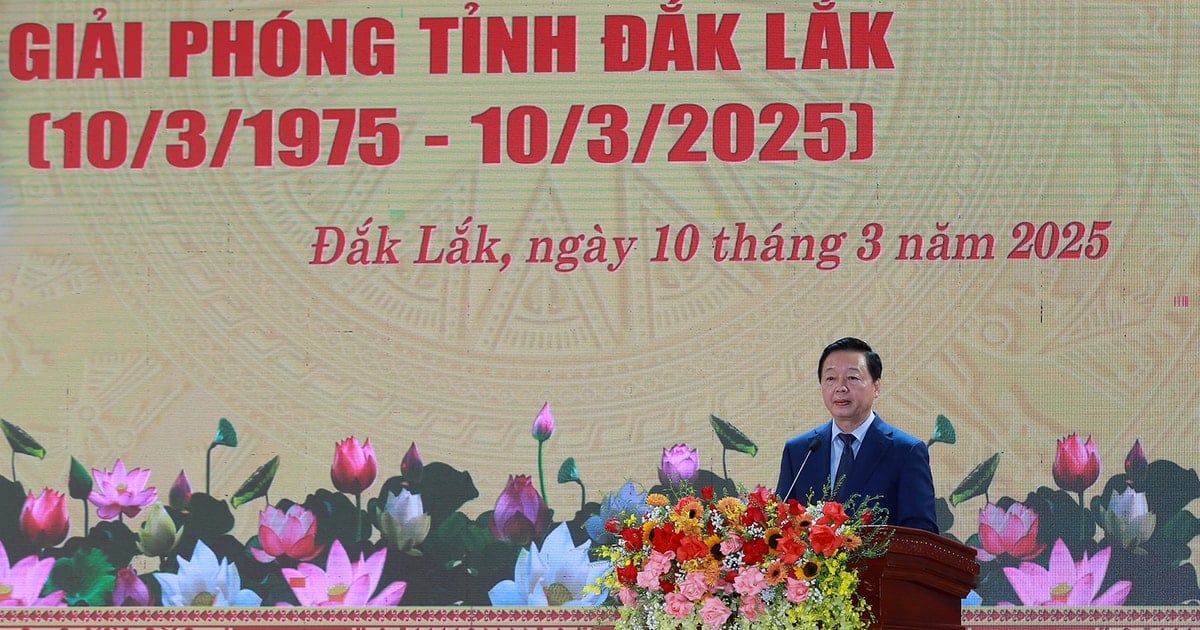
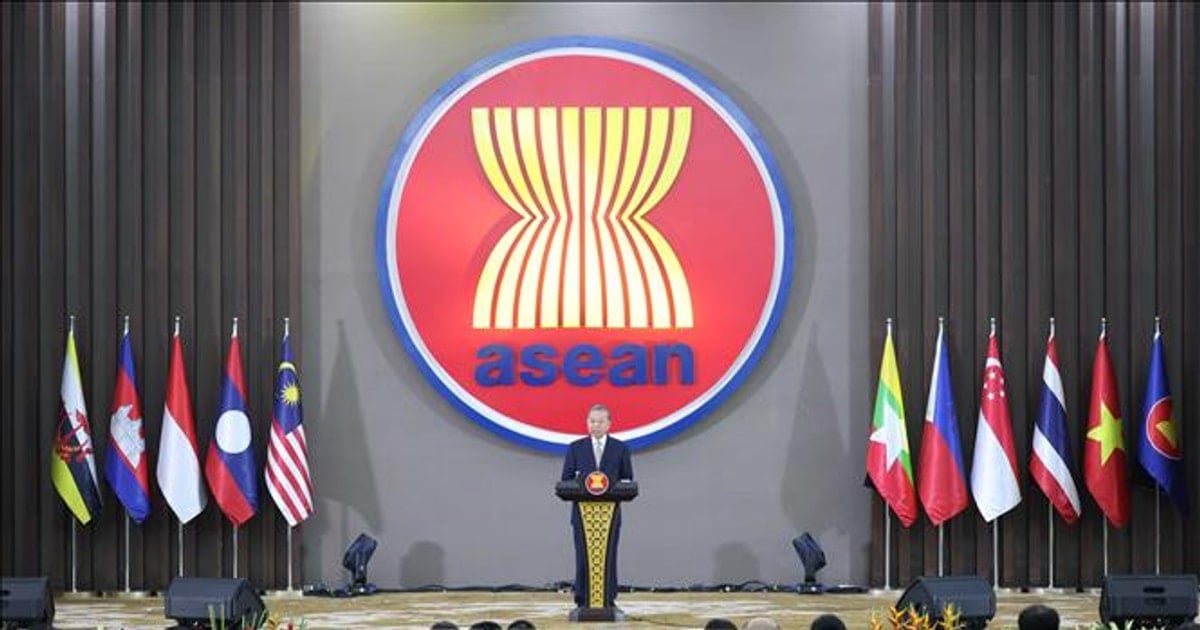


![[Photo] Liberation of Truong Sa archipelago - A strategic feat in liberating the South and unifying the country](https://vstatic.vietnam.vn/vietnam/resource/IMAGE/2025/4/25/d5d3f0607a6a4156807161f0f7f92362)
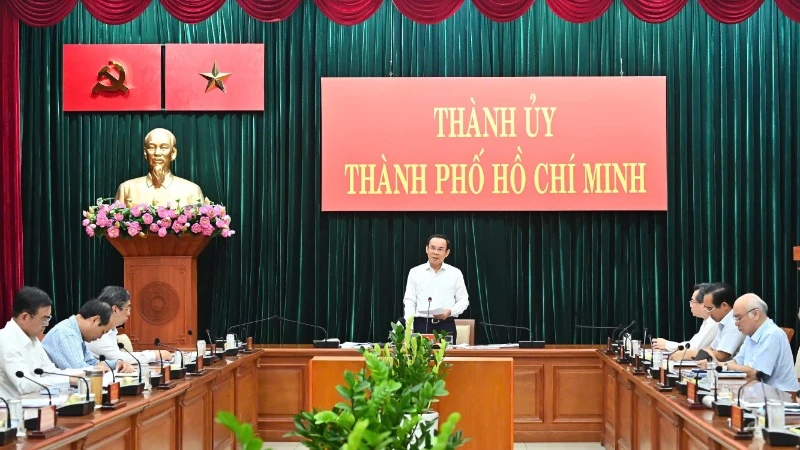
![[Photo] President Luong Cuong meets with Lao National Assembly Chairman Xaysomphone Phomvihane](https://vstatic.vietnam.vn/vietnam/resource/IMAGE/2025/4/25/dd9d8c5c3a1640adbc4022e2652c3401)
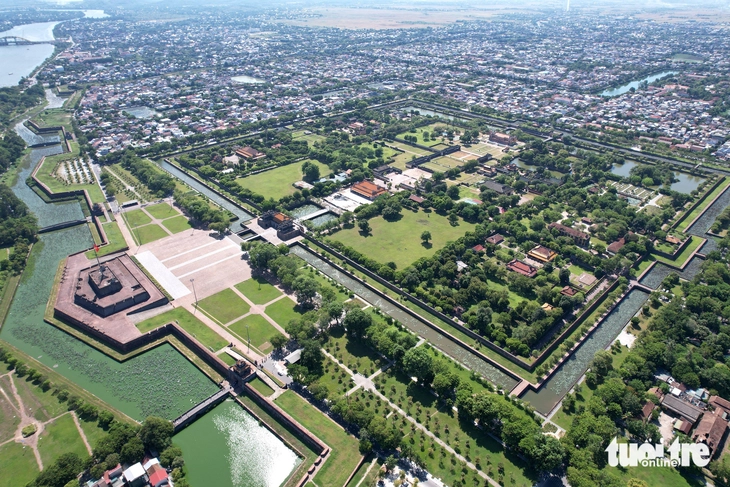



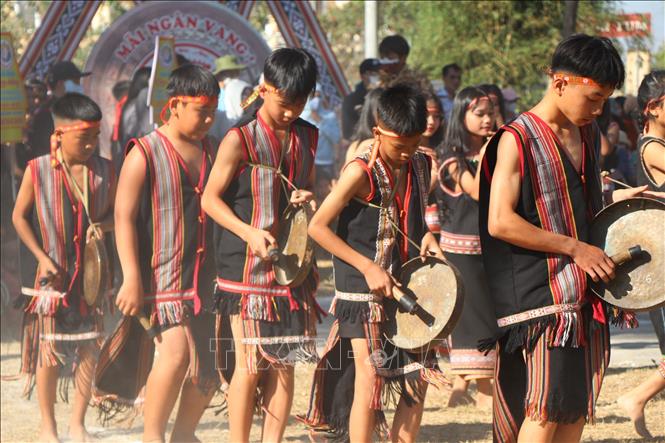

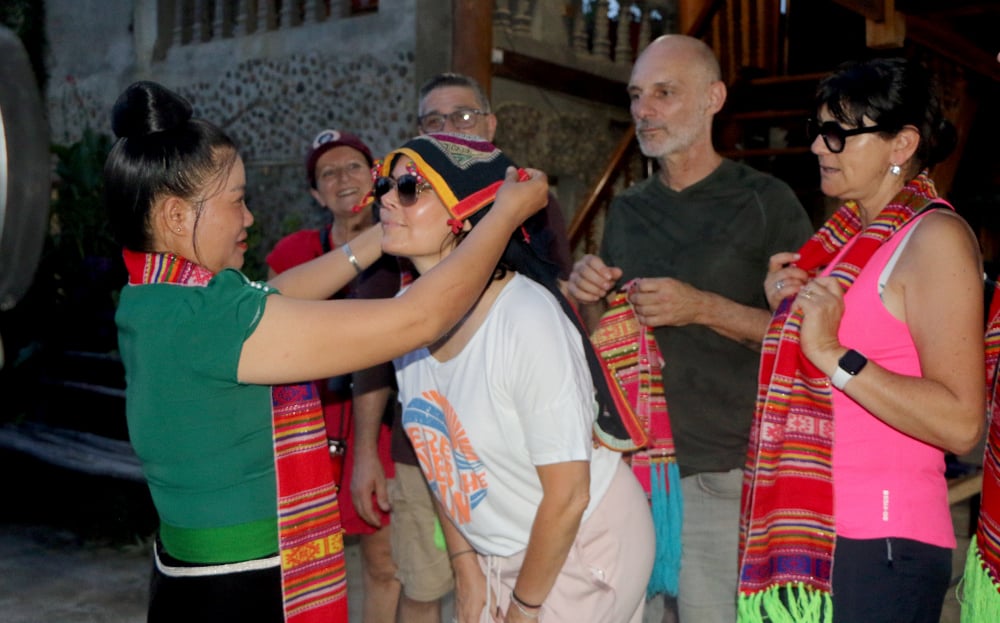

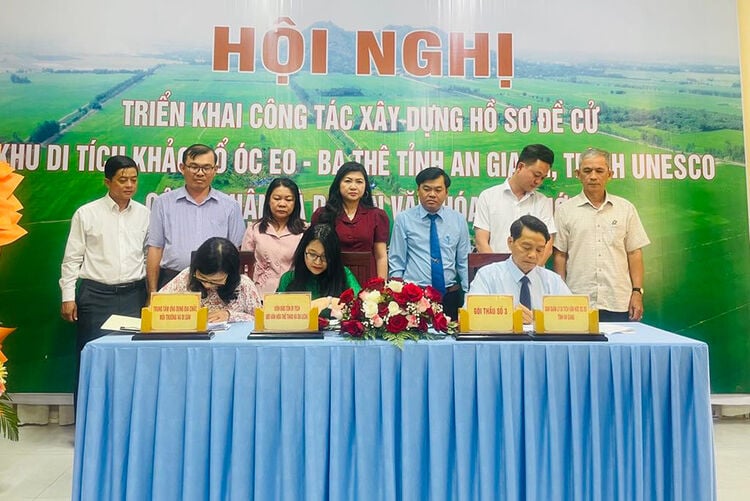

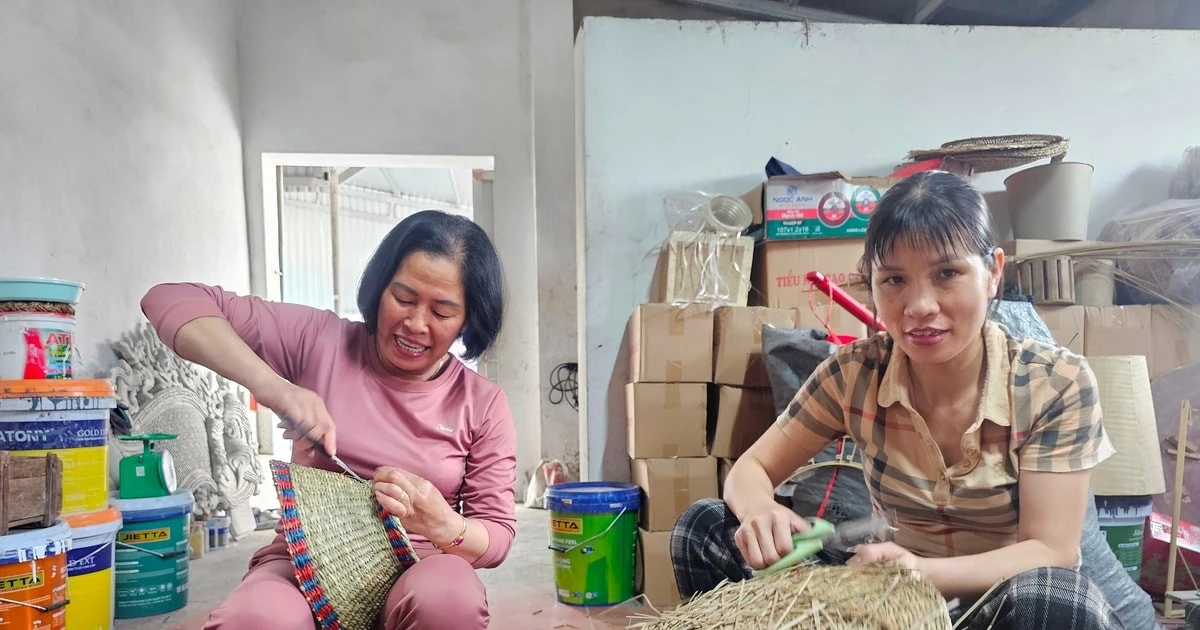








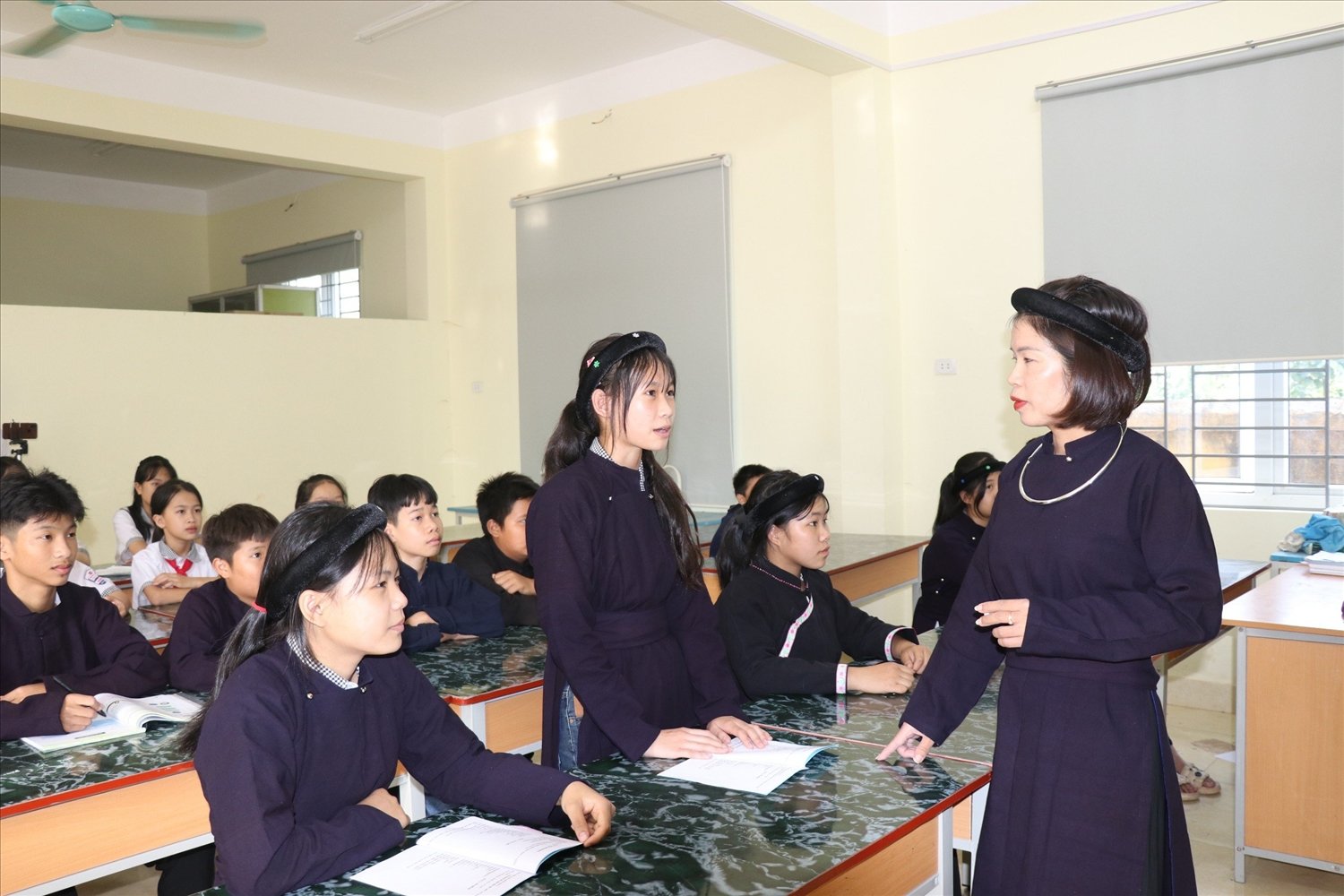













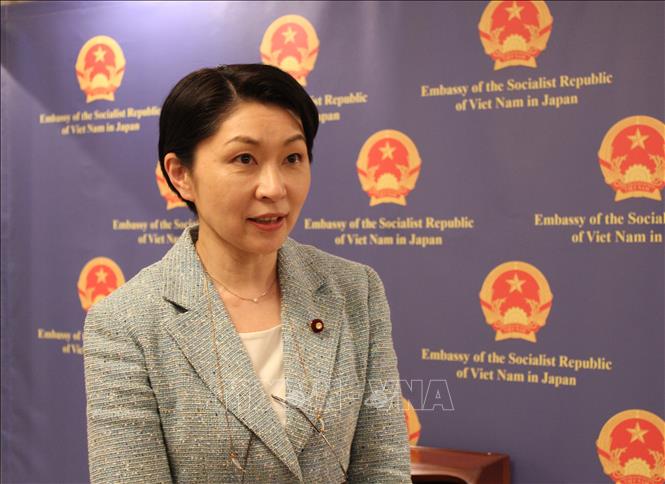







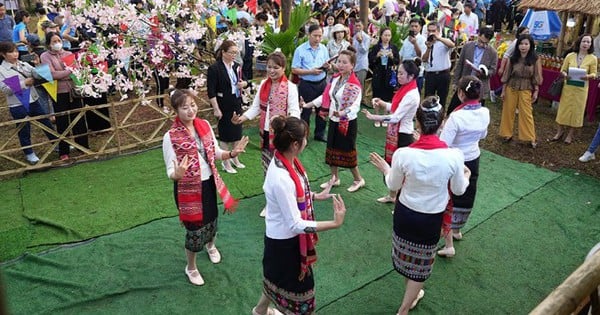



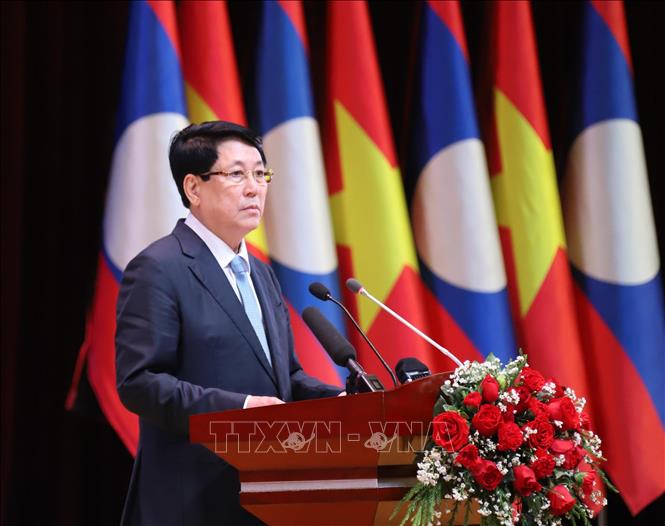

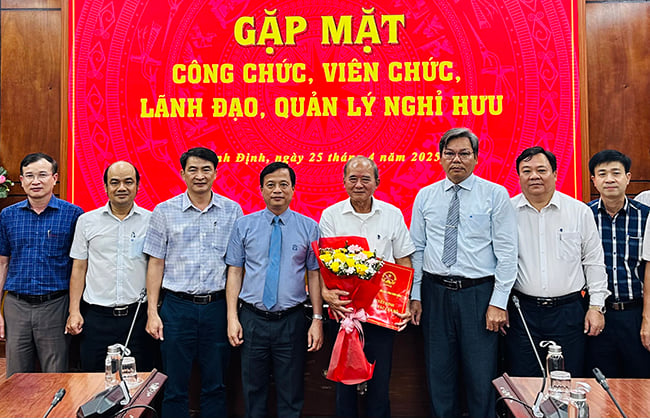
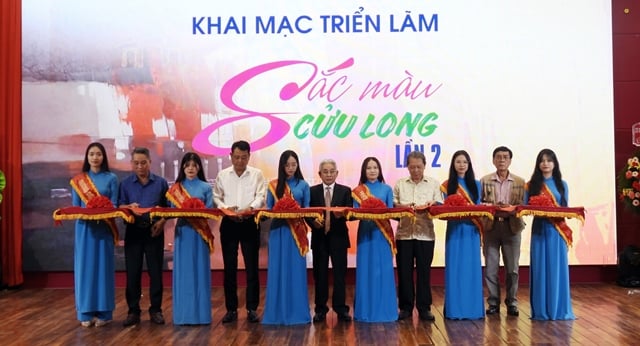





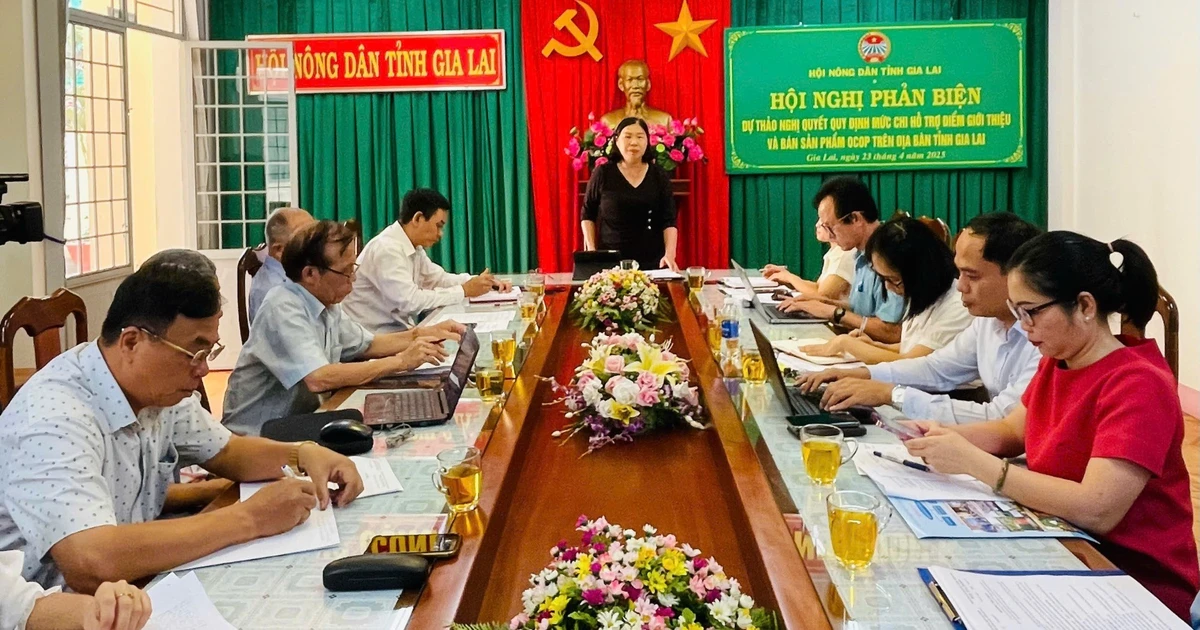

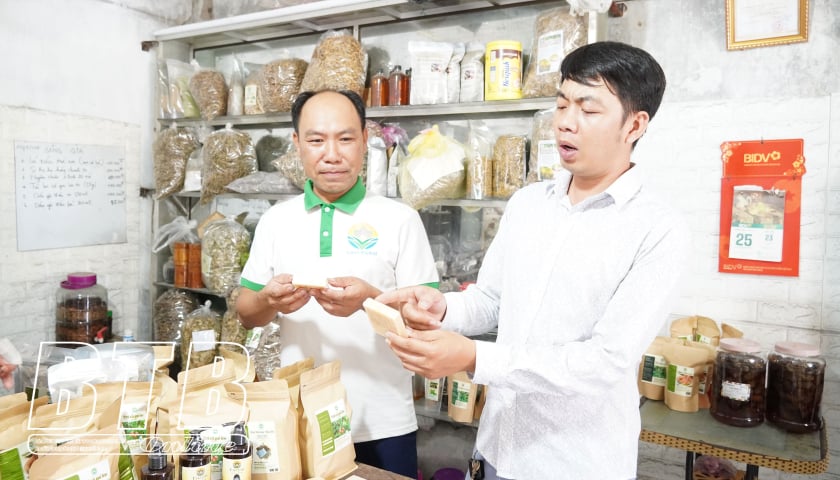


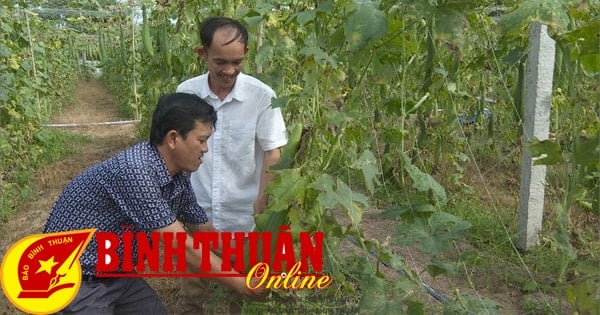

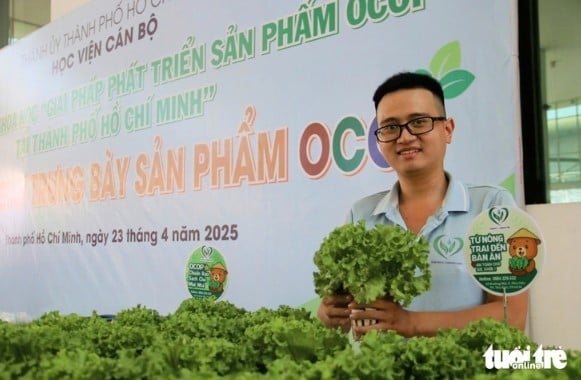
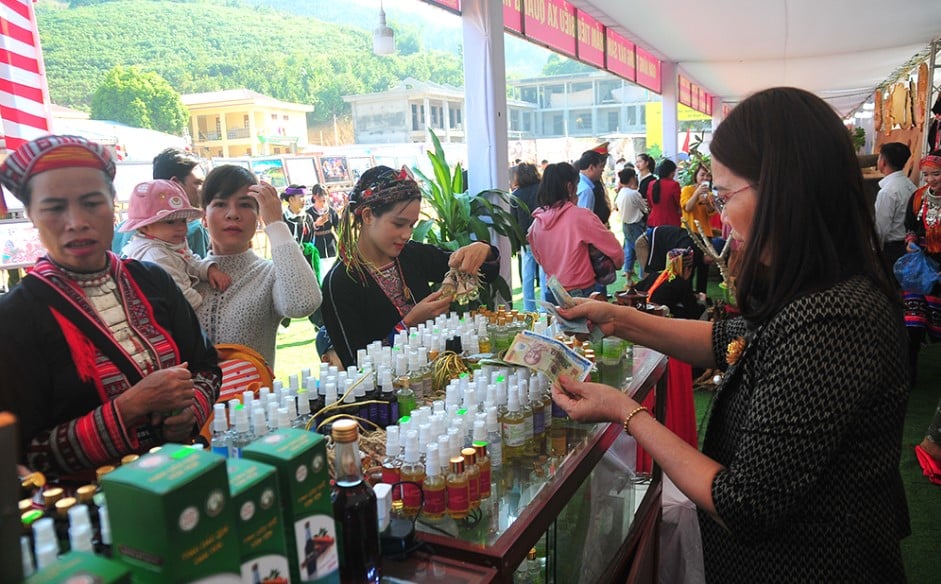
Comment (0)